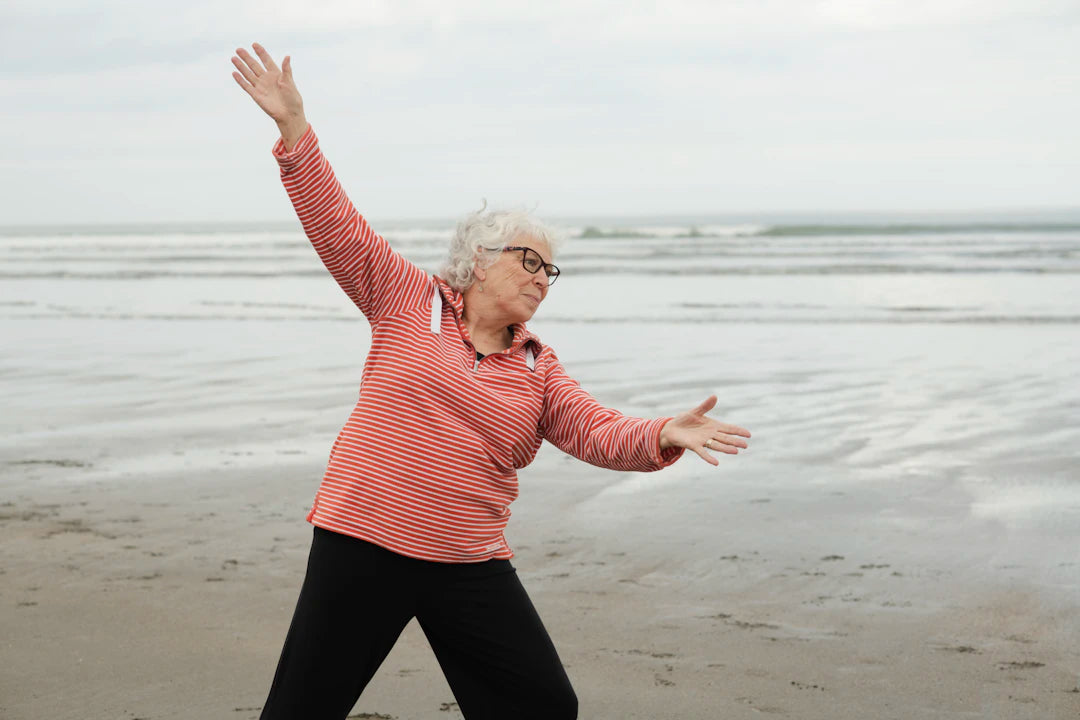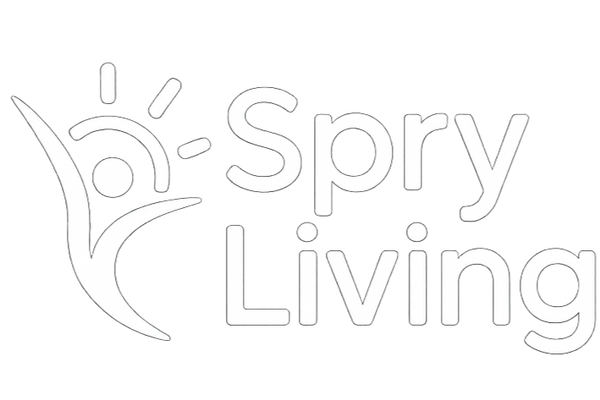
Discover the Joy of Low Impact Workouts for Seniors
Share
Frequently Asked Questions
1. What are low impact workouts?
2. Why should seniors choose low impact workouts?
3. What are some common challenges seniors face when exercising?
4. Can you provide examples of low impact workouts for seniors?
5. How can seniors create an effective fitness plan with low impact workouts?
As we age, staying active can sometimes feel like a daunting task. Joint pain, balance issues, and the inevitable ebb of motivation can make exercise challenging. However, incorporating joint-friendly workouts into your routine can offer numerous benefits for older adults. In this guide, we'll explore the many advantages of low impact workouts specifically designed for seniors, providing you with actionable advice to keep you moving and feeling great.
Understanding Low Impact Workouts
Low impact workouts are exercises that minimize stress on your joints while still getting your heart rate up. These workouts can be performed in various settings, from the comfort of your home to a local gym or community center. The beauty of low impact fitness is its accessibility; whether you're just starting your fitness journey or looking to maintain your current level of activity, there’s something for everyone.
Why Choose Low Impact Workouts?
Engaging in joint-friendly workouts can come with a host of benefits that can result in improved overall health and wellness, especially for older adults. Here are some of the most compelling reasons to consider:
- Enhanced Joint Health: Low impact exercises can help keep your joints flexible and less painful. Workouts like swimming, cycling, and yoga put less pressure on your joints compared to high-impact alternatives.
- Improved Balance and Coordination: Many low impact workouts involve core strengthening and stability exercises, which can help prevent falls—a common concern for older adults.
- Accessible for All Abilities: These workouts can be tailored to suit any fitness level, making them a great choice whether you're a beginner or have been exercising for years.
- Boosted Mood and Mental Health: Regular physical activity, even low intensity, releases endorphins (the feel-good hormones), helping to reduce feelings of anxiety and depression.
Overcoming Common Challenges
While the benefits are clear, older adults often face specific challenges that can hinder their ability to commit to a workout routine. Let’s delve into some of these challenges and how to overcome them:
Managing Joint Pain
Joint pain can be a significant barrier to staying active. Low impact exercises, such as walking or gentle pilates, drastically reduce strain and can build strength around the joints without aggravating pain. Always listen to your body; if a movement causes discomfort, modify or opt for another exercise that feels better.
Improving Balance
Balance issues can present a major concern, especially during physical activity. Incorporating stability exercises into your routine, such as standing on one leg or practicing tai chi, can improve your balance. Additionally, always have a sturdy chair or wall nearby for support if needed.
Staying Motivated
Motivation can wane for many reasons, especially after 50. Connecting with a buddy for workouts can help keep spirits high. You could also explore community classes focusing on low impact workouts to meet new friends while getting fit!
Low Impact Workout Ideas
Now that we’ve covered the importance of low impact workouts, let’s explore some fun and engaging options:
Walking
Walking is one of the simplest and most effective joint-friendly workouts you can do. Aim for at least 30 minutes a day. Start slow, and gradually increase your pace and distance. Whether outdoors, indoors on a treadmill, or even around your home, walking is a fantastic way to stay active.
Water Aerobics
Water provides natural resistance while also reducing the impact on your joints. Water aerobics classes are widely available and can be a delightful way to exercise with others. Look into local community pools for options!
Chair Yoga
Chair yoga is another excellent low energy workout suitable for all levels. It combines the benefits of breath work and stretching without the strain of getting on the floor. You can find many online classes that require minimal equipment.
Gentle Cycling
Cycling, especially on a stationary bike, is a fantastic way to get your heart rate up without putting pressure on your joints. You can choose your own pace, making it suitable for anyone, irrespective of their fitness level.
Strength Training with Resistance Bands
Using resistance bands for strength training can be a superb way to build muscle without impacting the joints harshly. Start with light resistance and focus on form rather than intensity. Consider working with a trainer or watching instructional videos to learn the basics safely.
Creating Your Fitness Plan
As with any new routine, having a solid plan is crucial. Here’s how to create a simple yet effective fitness plan that includes joint-friendly workouts:
Setting Realistic Goals
Begin by setting small, achievable goals. Instead of committing to an hour of exercise daily, start with 10 minutes a few times a week. Gradually increase over time. Remember that progress is personal, and celebrating small victories is key!
Scheduling Workouts
Put your workout time on your calendar, just like you would any important appointment. Consistency is important, so aim to stick to the same days and times each week to establish a routine.
Listening to Your Body
It’s vital to tune in to how you're feeling physically and mentally. If you feel tired or sore, it’s okay to take a rest day. Balance is essential, and giving your body the rest it needs will help you return rejuvenated.
Tips for a Healthy Lifestyle
Incorporating joint-friendly workouts into your schedule is only one piece of the puzzle. A holistic approach to health includes other lifestyle habits that can support your fitness efforts:
Eat a Balanced Diet
Your body needs a variety of nutrients to function optimally. Focus on a diet rich in fruits, vegetables, whole grains, lean proteins, and healthy fats. Staying hydrated is equally critical—aim for at least 8 cups of water a day.
Get Plenty of Sleep
Quality sleep is vital for recovery and overall well-being. Create a peaceful nighttime routine by limiting screen time before bed, keeping your sleeping area comfortable, and setting a consistent bedtime.
Stay Socially Active
Engaging with friends and family can enhance your emotional well-being. Find social groups or clubs that focus on activities you enjoy, whether it’s a book club, gardening, or community service. Social interactions can keep your spirit elevated, complementing your physical activities.
Embrace the Journey
Starting low impact workouts can be a life-changing decision for older adults. While there may be hurdles along the way, remember that every step you take is a step toward a healthier, more vibrant you. Embrace the journey, celebrate your progress, and prioritize your well-being. With time, patience, and consistency, you’ll find joy in movement and unlock the many benefits of staying active as you age.
